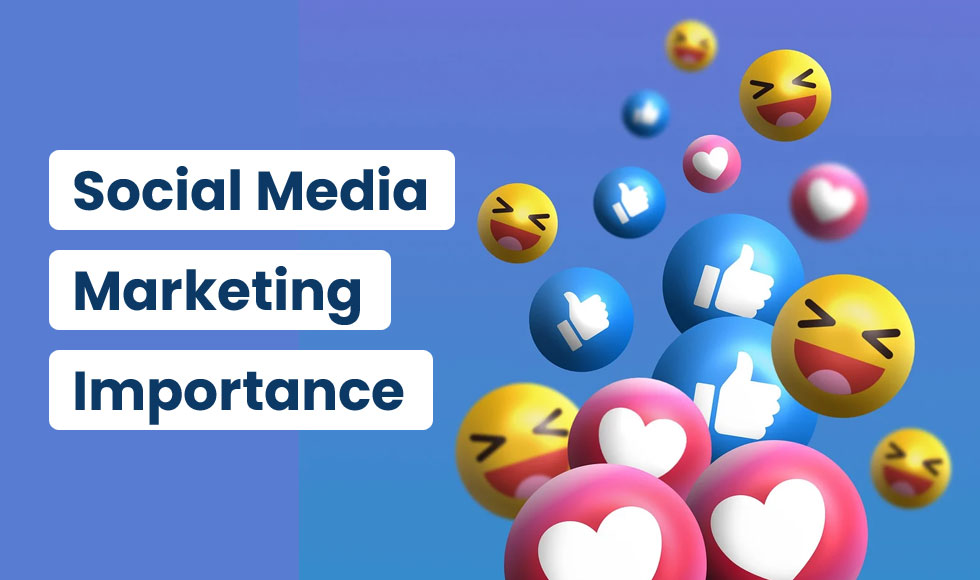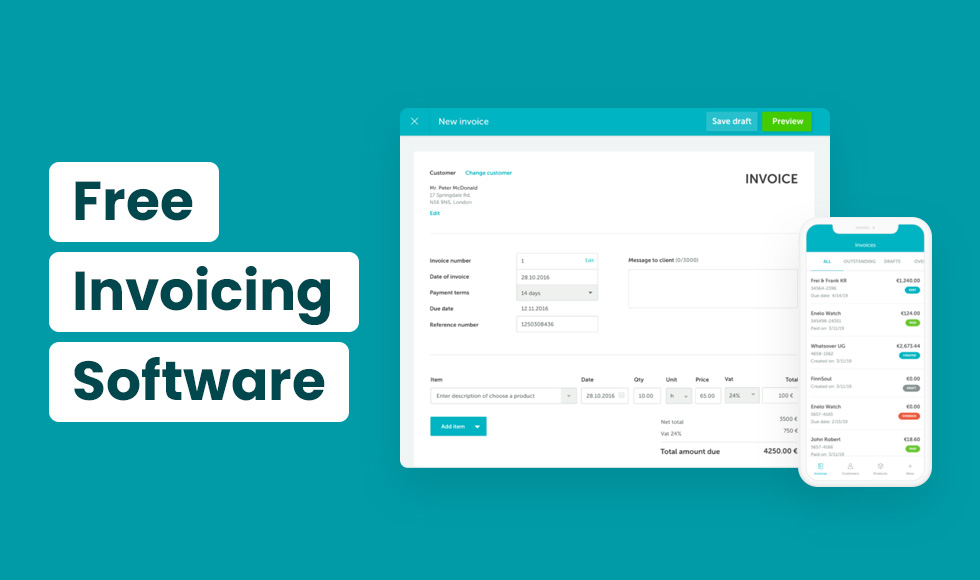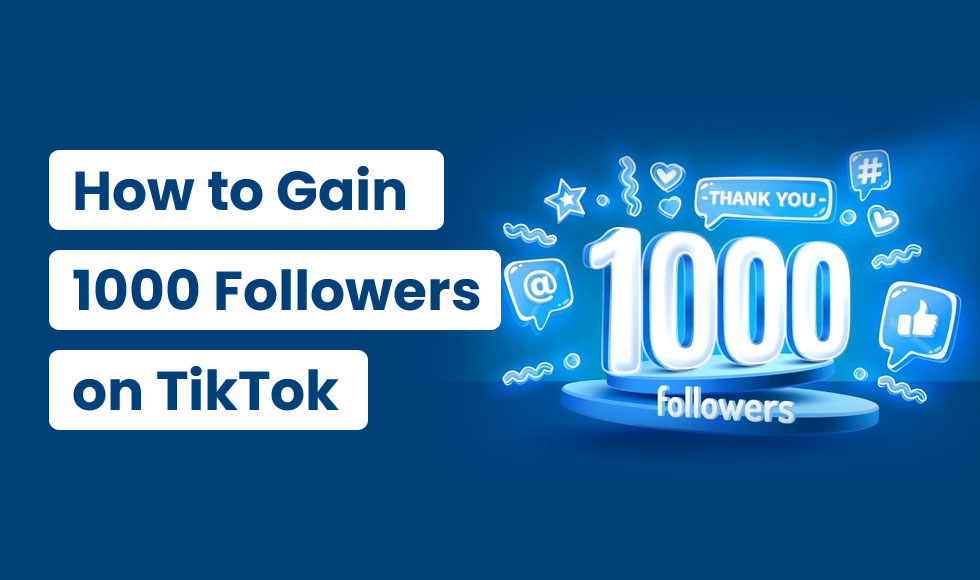Social media marketing has evolved into an essential instrument for businesses seeking to engage their audience, enhance brand recognition, and boost sales. It goes beyond just setting up profiles on social platforms and occasionally sharing content. Instead, it demands a dynamic and well-thought-out strategy, incorporating tasks like optimizing profiles, crafting content, engaging with communities, and utilizing paid advertising.
Why does social media marketing matter?
Here are five key advantages of social media marketing:
- 1. Influence on search results: Social media’s impact on search results is growing, with personalized and blended SERPs incorporating social content alongside traditional links.
- 2. User-generated, multi-format content: Real-time discussions and user-generated content on social platforms provide dynamic and authentic answers, enhancing engagement and trust.
- 3. Amplification of content: Instead of aiming for viral success, social media allows for strategic amplification of messages, leveraging network effects for broader reach.
- 4. Customer data for ROI: Social media advertising offers targeted audience segmentation based on precise demographics and behaviors, improving ROI through contextual relevance.
- 5. Proactive and reactive audience building: Proactive publishing and reactive community management strategies on social media enable both broad awareness and deep engagement, contributing to brand growth and loyalty.
Building a successful social media strategy
Crafting a successful social media strategy requires careful planning and execution. Here are seven steps to creating an effective social media strategy:
- 1. Set clear goals: Set clear goals aligned with your business needs and define KPIs for each social media platform.
- 2. Research your audience: Research your audience’s preferences, demographics, and challenges to create buyer personas and guide your content strategy.
- 3. Plan content strategically: Develop a consistent tone and themes for your content. Create a social media calendar to maintain regular posting schedules and optimize types of social media content based on performance metrics.
- 4. Select appropriate platforms: Choose social media platforms that resonate with your business goals and target demographic. Tailor content to suit each platform’s unique attributes and audience expectations.
- 5. Study competitors: Assess competitors’ social media tactics to glean insights from both their triumphs and setbacks. Identify the platforms they utilize and their methods of audience interaction.
- 6. Community engagement: Cultivate relationships and form communities by actively interacting with your audience. Promote participation through polls, surveys, and user-created content.
- 7. Increase your follower base: Employ methods to naturally expand your audience, including captivating content and cross-platform marketing. Strategically leverage paid promotions and collaborate with influencers to extend your reach.
Examples of social media marketing and advertising
Here are some standout social commerce examples, along with what social media marketing companies typically handle:
Social media marketing examples:
- 1. Zoom’s Virtual Background competition in 2020 boosted brand awareness significantly.
- 2. Spotify’s ‘Wrapped‘ stories engaged over 90 million users in 2020, enhancing user interaction.
- 3. Airbnb’s #WeAccept campaign addressed criticism over racism, positively impacting brand perception.
- 4. Amazon effectively utilized Social Media Listening to engage with customers and encourage User Generated Content platforms (UGC).
Social media advertising examples:
- 1. Lego’s ‘Rebuild the World‘ campaign on social media increased revenue by 27%, notably with ‘The Damp Knight’ ad.
- 2. GymShark’s ‘Blackout‘ promotion on Instagram Stories for Black Friday reached over 16 million people and achieved a 6.6:1 ROAS.
- 3. Groupalia’s 60-day Twitter campaign yielded a notable purchase conversion rate of 3.85% post-installation.
- 4. Adidas sold out their Falcon W trainers within 6 hours using targeted paid social ads on Snapchat.
Conclusion
Social media marketing serves as a potent instrument for businesses to not only engage with their audience but also to establish and bolster brand presence in today’s digital realm. Its importance transcends mere profile setup and content sharing; it hinges on a strategic approach encompassing profile optimization, compelling content creation, community management, and targeted advertising.
Social media marketing offers numerous advantages. It enables businesses to influence search results, leverage user-generated content, and strategically amplify messages, thereby facilitating effective connection and resonance with their target audience. Moreover, the abundance of customer data enables precise targeting and enhances return on investment, while proactive and reactive strategies cultivate broad awareness and meaningful engagement.
Developing a successful social media strategy demands careful planning and execution. This involves establishing clear objectives, delving into audience preferences, analyzing competitors, choosing suitable platforms, strategically planning content, fostering community interaction, and organically growing follower count alongside strategic partnerships.
Finally, notable examples from various sectors highlight the effectiveness of social media marketing and advertising, showcasing inventive campaigns that have profoundly influenced brand awareness, engagement, and sales. From Zoom’s virtual background contest to Adidas’ targeted paid social advertisements, these instances underscore the diverse and dynamic impact of social media marketing on contemporary businesses. Ultimately, social media marketing has become an indispensable asset for businesses striving to thrive and excel.











